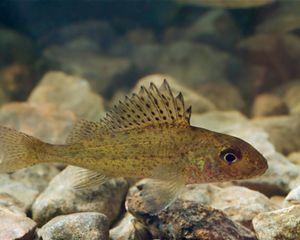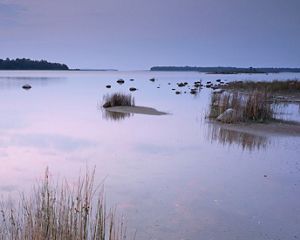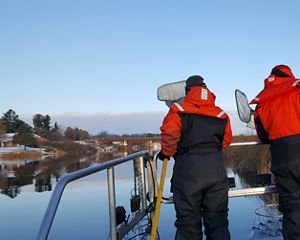Great Lakes Fisheries
Despite historical degradation of Great Lakes fisheries, TNC and partners are working together to successfully restore fish populations and habitat.
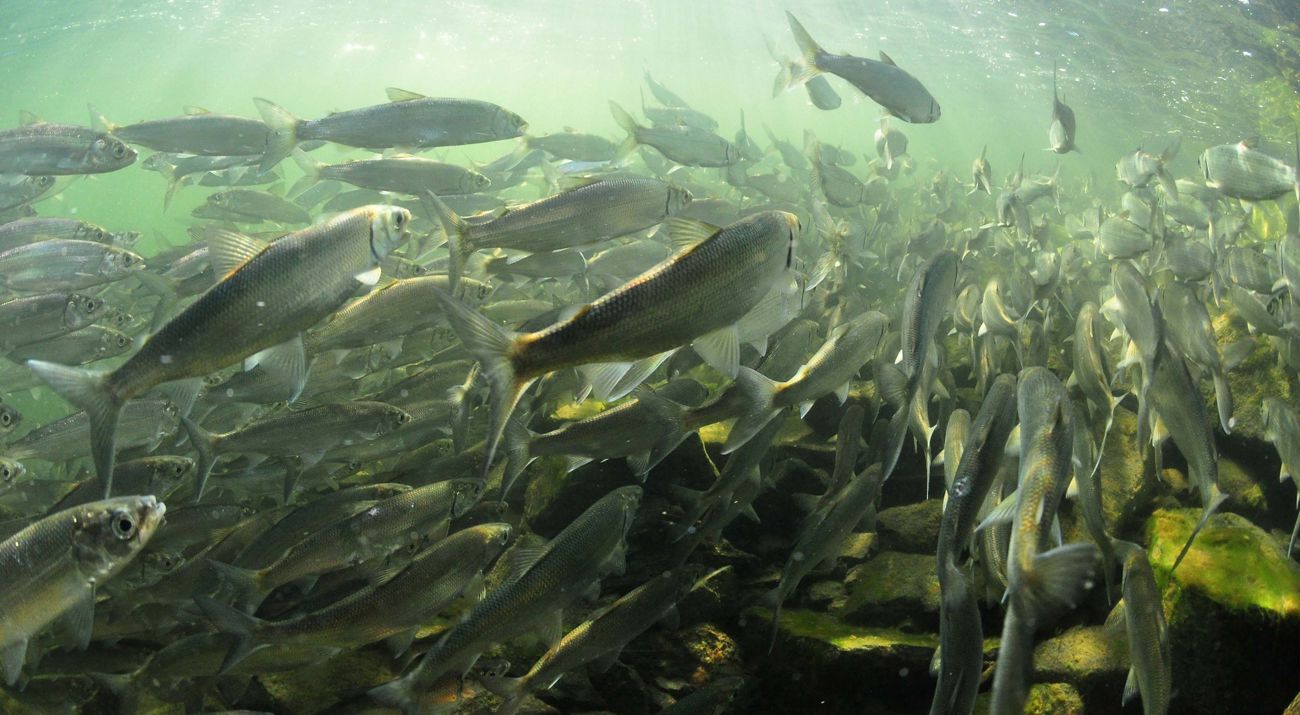
It’s hard to imagine the Great Lakes without weekend fishing trips or the legendary Friday night fish fry. For centuries, a wide range of species have shaped the health of these waters, as well as the communities and cultures that thrived on nearby shorelines.
Yet in the past 200 years, the Great Lakes have been altered by invasive species, historic overfishing, tributary damming, habitat loss and climate change. As a result, the Lakes have lost several mid-level forage fish that were once the foundation of a healthy food web, as they provided food for top predators. This impacts the entire ecosystem of the lakes, as well as the commercial and recreational fisheries that are dependent on healthy fish populations. State and Tribal management agencies have done much to come together to check, reverse and compensate for these losses, but there’s still more work that needs to be done to protect, rebuild and enhance Great Lakes Fisheries for nature and people. That’s why TNC is helping support the efforts of these management agencies by working with numerous partners to find science-based solutions.
A crucial step to stabilizing and rebuilding Great Lakes fisheries involves restoring and rebuilding key forage fish populations—particularly those that support commercial fisheries and also serve as prey to popular sport fish such as salmon, lake trout and walleye. By doing so, we can increase the diversity, productivity and resilience. The good news is that for much of the Great Lakes, water quality has improved and populations of some key invasive species have declined so that conditions are right for restoring or re-establishing key native fish species. To work at a scale as large as the Great Lakes, we need all hands on deck. That’s why TNC is helping support partner organizations to employ multiple science-based approaches.
Rebuilding Native Fish Populations
While iconic native species such as lake whitefish and lake herring still swim in Great Lakes waters, their numbers are dwindling. In collaboration with state, Tribal, federal/bi-national and local public and private partners, The Nature Conservancy is working to better understand why and how some fisheries populations are decreasing and what strategies can help rebuild them.
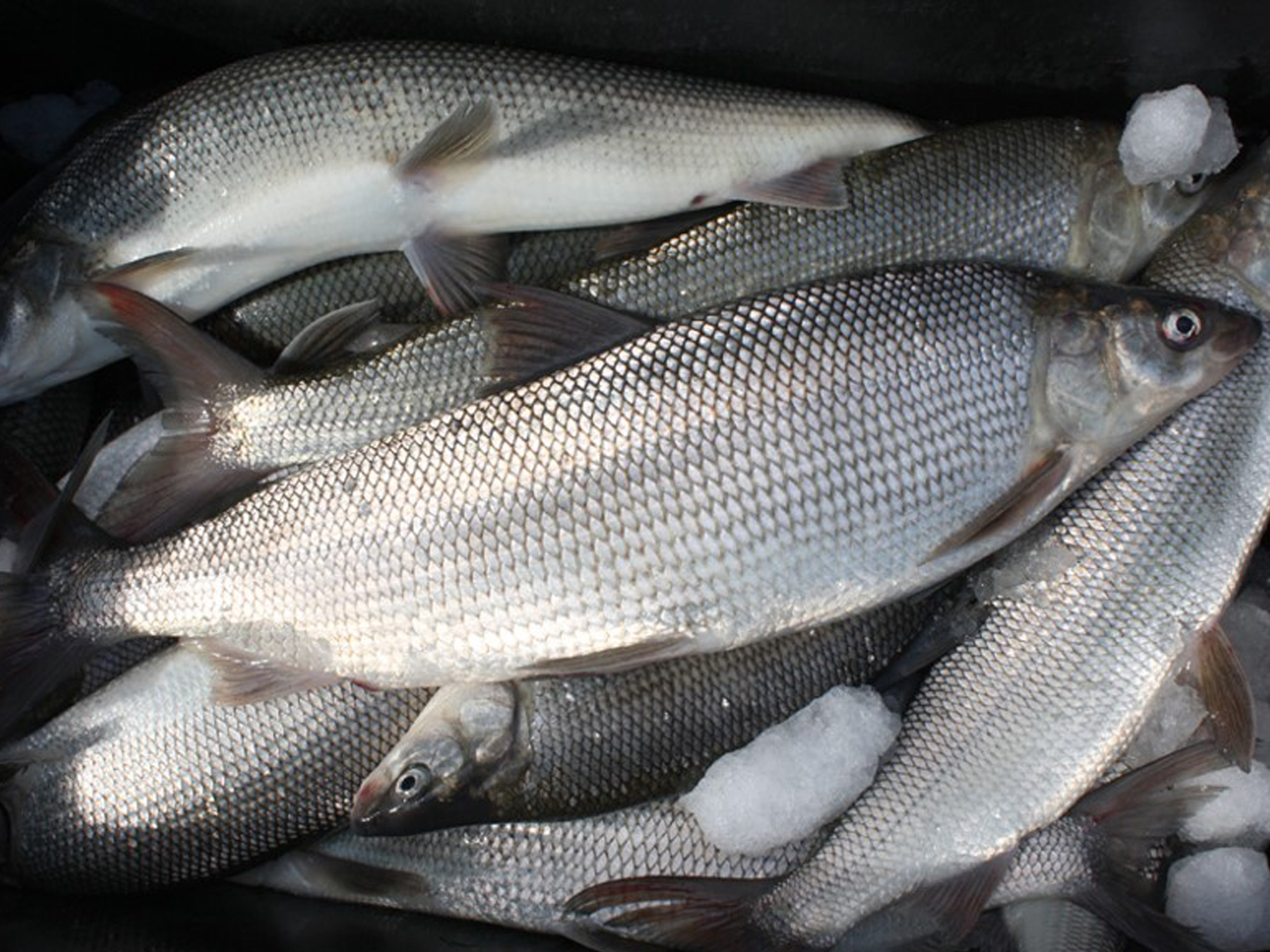
Restoring Spawning Habitat
Locating and improving spawning and nursery habitat is one step toward rebuilding the native fish populations that are still found in the Great Lakes. In 2015, after identifying rocky reefs in Lake Michigan where lake trout, lake whitefish and lake herring were known to spawn, The Nature Conservancy in Michigan worked with partners to undertake its first underwater restoration project in Grand Traverse Bay. In addition to restoring the reef with new rock, scientists are also testing new eradication tools for round goby and rusty crayfish—two invasive species that prey on fish eggs on reefs.
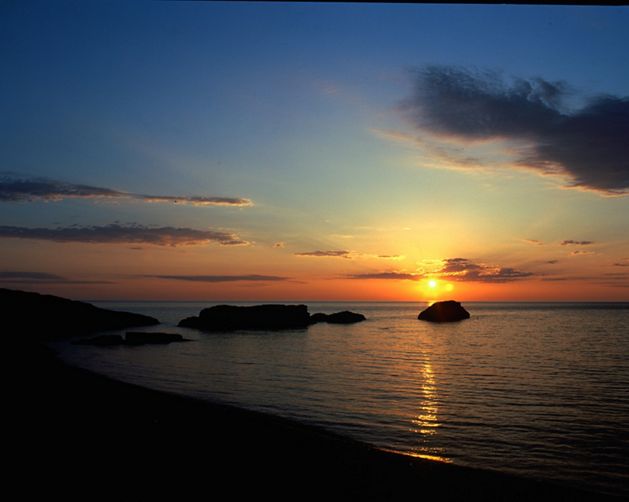
Stay in the Loop
Get monthly updates on your state's conservation efforts in the Great Lakes.
Working to Re-establish Lost Fish Populations
In addition to rebuilding the fisheries that still exist in the Great Lakes, TNC and partner organizations are exploring opportunities to bring back those that were lost.
Researching Kiyi
Kiyi are an important native prey species that once thrived in all the Great Lakes, except for Lake Erie. Today, this species is only found in Lake Superior. Now, there is growing interest in the possibility of re-establishing populations of this species back into the lower Great Lakes. Little is known about this deepest of the deepwater ciscoes, so to fill in key knowledge gaps, TNC has been working with a commercial fisher and Sault Tribe member, along with the U.S. Geological Survey, to determine when and where Kiyi spawn in Lake Superior and whether it is possible to collect enough females during the right time to start a hatchery population.
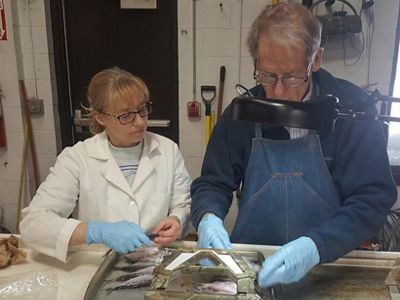
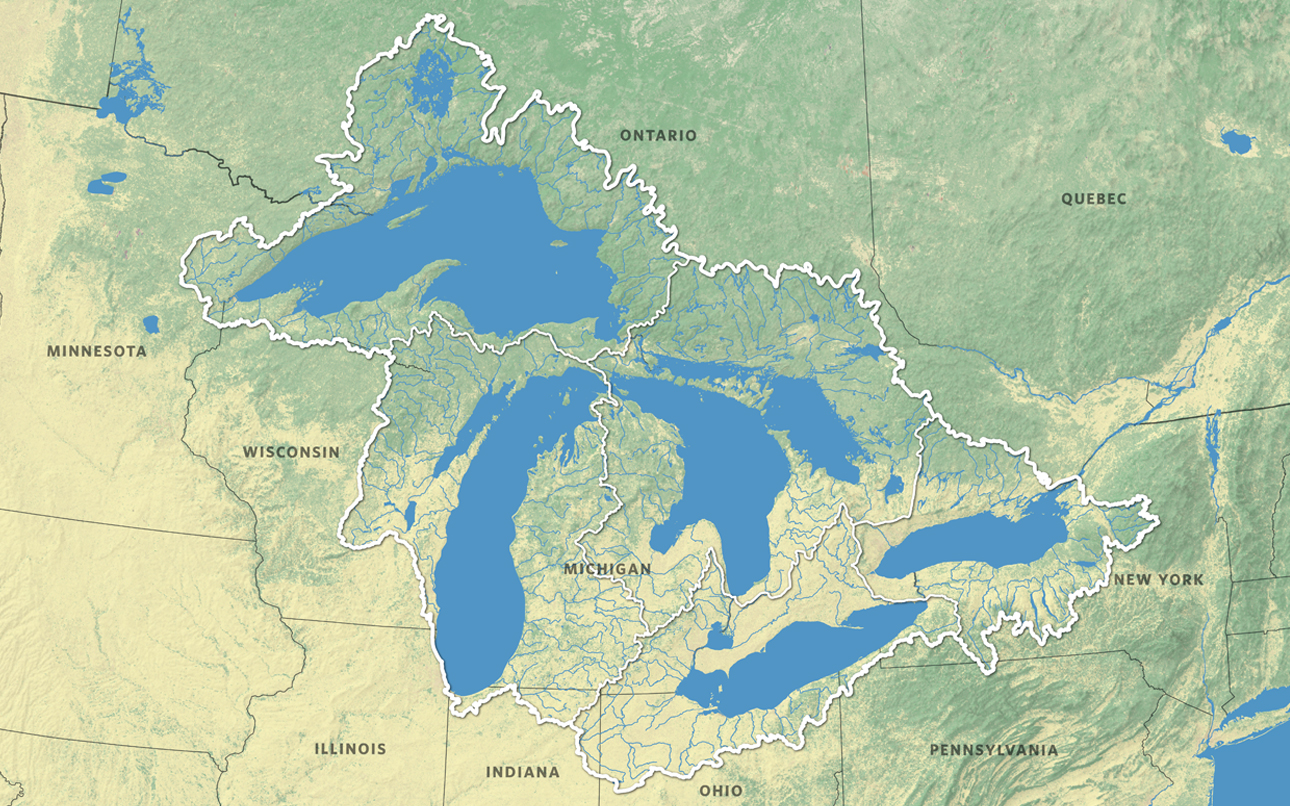
Researching Whitefish River Runs
Lake whitefish once spawned in Great Lakes tributaries (see inset map) as well as the lakes, but we lost these river runs during the logging boom in the late 1800s. Now, restoring these historical tributary populations may present a solution to recent declines in whitefish reproductive success. TNC and partners are documenting the presence of whitefish in these tributaries in advance of developing restoration approaches.
Agency Partnerships
TNC is working with the Sault Ste. Marie Tribe of Chippewa Indians (Sault Tribe), Michigan DNR and Little Traverse Bay Bands of Odawa Indians (LTBB) to better document the status of lake whitefish in Lake Michigan tributaries and begin developing potential restoration approaches.
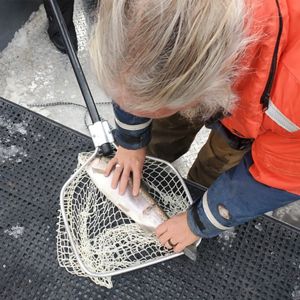
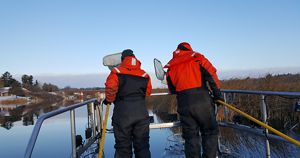
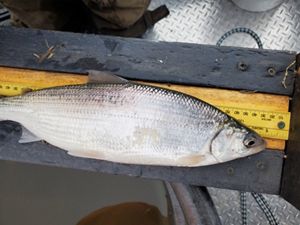
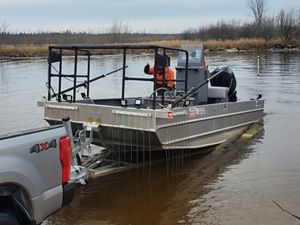
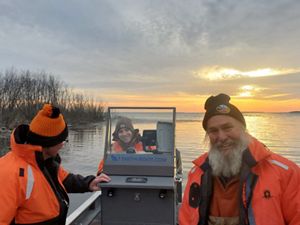
Your Support is Needed
TNC is working with partners to improve resiliency in freshwater ecosystems.
Donate Now